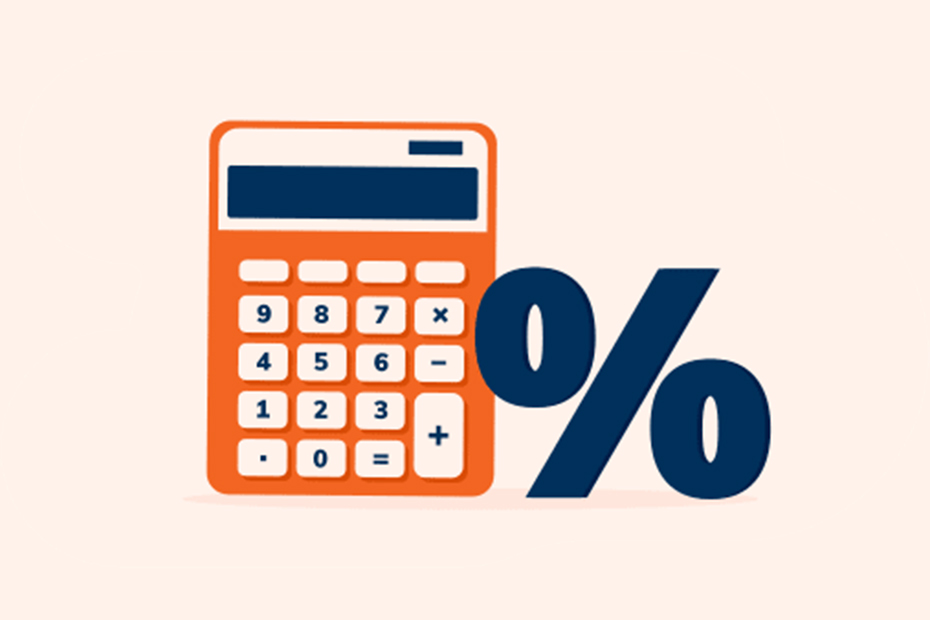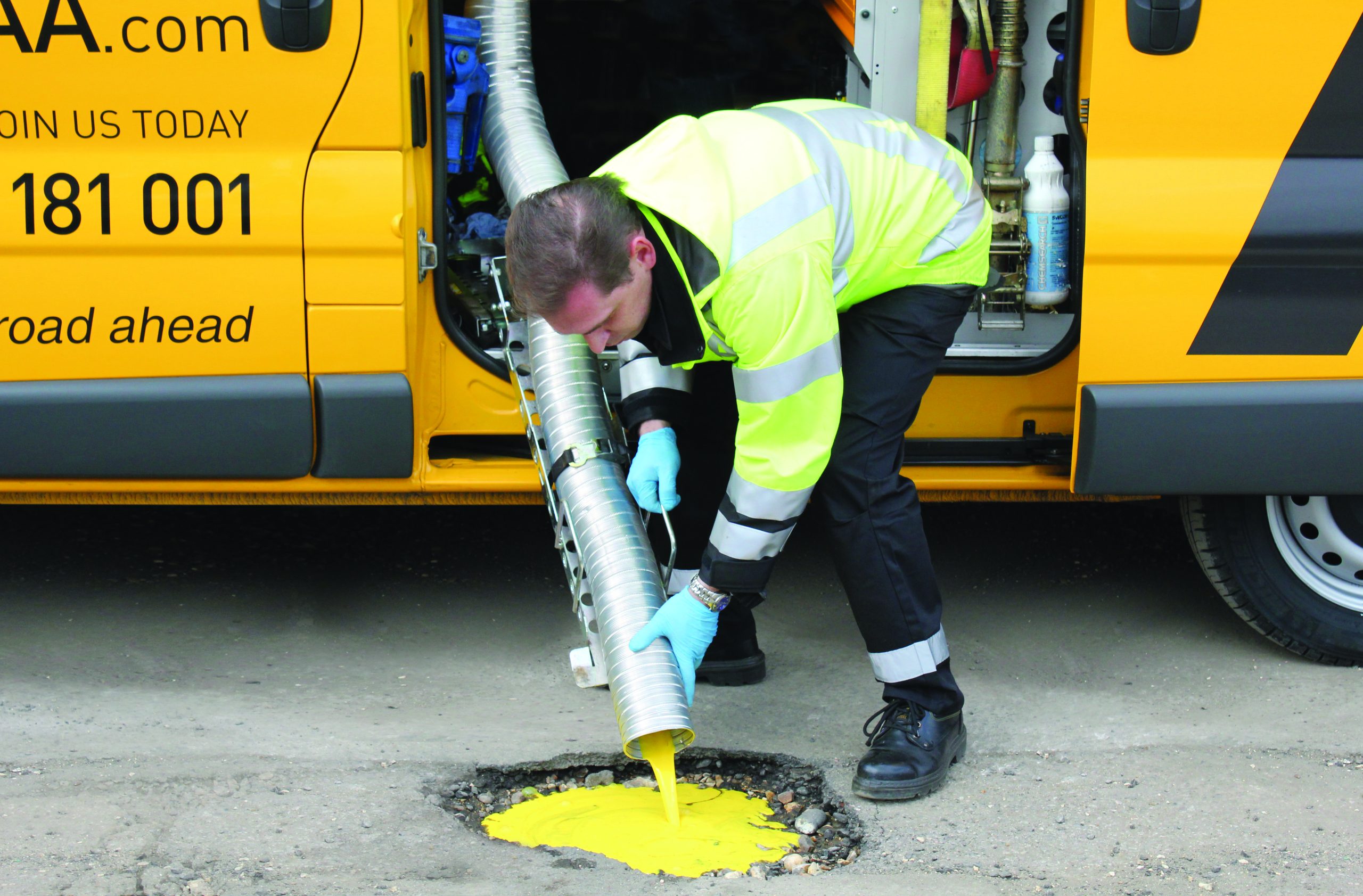Car Insurance Premiums Rise in the Last Quarter of 2017
Rising Premiums: A Closer Look
According to a study conducted by MoneySuperMarket, UK drivers experienced a 4% price hike on their car insurance premiums in the last three months of 2017 compared to the previous quarter. The average quote for a fully comprehensive policy rose from £553 to £574 during this period. The company analyzed over 1.5 million quotes and uncovered significant regional disparities in premium movements.
Regional Disparities: The Highs and Lows
Drivers in Lincoln and Wolverhampton witnessed the steepest increases in fully comprehensive premiums, with rises exceeding 9%. Conversely, those in Sutton, South West London, enjoyed a decrease of 4%. These regional discrepancies highlight the influence of various factors, such as accident rates, claims history, and local market dynamics, on insurance premiums.
Age Groups: Who Was Most Affected?
While the overall rise in car insurance premiums affected all age groups, certain segments felt a more substantial impact. Over-65s experienced an average increase of nearly £20 compared to the previous year, paying an average of £273.02 for a fully comprehensive policy in the last quarter of 2017. Younger age groups, specifically those between 21 and 24, also saw their costs rise above the average, with a 7% increase equating to more than £73.
Factors Influencing Premium Increases
Three key factors are believed to have contributed to the rise in car insurance premiums in 2017: changes to the discount rate applied to claims pay-outs, an increase in insurance premium tax (IPT), and a rise in fraudulent claims.
Changes to the Discount Rate
The reduction of the discount rate from 2.5% to -0.75% in March 2017 had a significant impact on insurance premiums. This adjustment meant that insurers had to pay more in compensation to claimants injured in car accidents, resulting in increased costs that were passed on to policyholders.
Insurance Premium Tax (IPT) Increase
In June 2017, the government raised insurance premium tax from 10% to 12%. This tax increase directly affected the cost of insurance policies, including car insurance, resulting in higher premiums for drivers.
Rise in Fraudulent Claims
An increase in fraudulent claims also contributed to the rise in car insurance premiums. Fraudulent activities, such as staged accidents, exaggerated claims, and organized fraud rings, put additional pressure on insurers, leading to higher costs that were passed on to consumers.
Future Outlook: Relief for Motorists
Although car insurance premiums saw an increase in the last quarter of 2017, there may be some relief on the horizon for motorists. The UK government announced plans to overhaul the way the discount rate is calculated. This change, expected to take place in 2018, is likely to allow insurers to lower their premiums.
The Impact of the Discount Rate Overhaul
The adjustment to the discount rate will have a direct impact on the compensation awarded to claimants, influencing the cost of insurance premiums. Insurers will have more flexibility to accurately assess the long-term costs of claims, potentially leading to lower premiums for policyholders.
Conclusion
The rise in car insurance premiums in the last quarter of 2017, particularly affecting over-65s and younger age groups, can be attributed to changes in the discount rate, an increase in insurance premium tax, and an uptick in fraudulent claims. However, the UK government’s plans to overhaul the discount rate calculation offer hope for lower premiums in the future. As the insurance industry adapts to these changes, policyholders can expect a more stable and affordable car insurance market.




